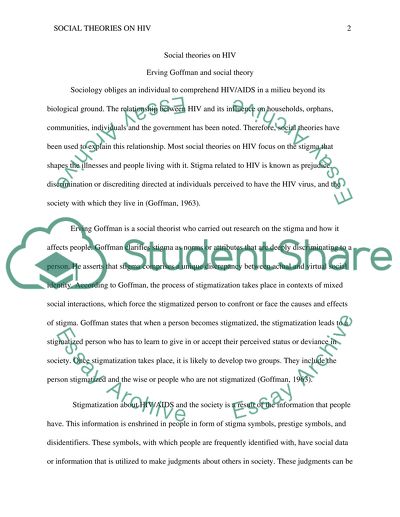Social theories on HIV Essay Example | Topics and Well Written Essays - 750 words. Retrieved from https://studentshare.org/health-sciences-medicine/1491474-social-theories-on-hiv
Social Theories on HIV Essay Example | Topics and Well Written Essays - 750 Words. https://studentshare.org/health-sciences-medicine/1491474-social-theories-on-hiv.


